Right after starting my paragliding course in 2015, I embarked on a small side project alongside the Tripledoomtopus: building an Arduino-powered variometer.
The premise was simple, it was supposed to be a small and cheap device with:
- Bluetooth connection
- XCSoar Integration
- A pressure sensor
- A precise GPS receiver
What was supposed to be a 3-week project turned into a 3-year journey, complete with scope creep, form factor changes, and hard lessons in project management. Let's take a look at how it all unfolded.
The First Prototype
In July 2015, I built the first version. Half its features didn't work due to design mistakes that could have been avoided with more protoboard testing. And then came the "unexpected features": a humidity/temperature sensor and LEDs that weren't bright enough for sunlight. Looking back, it's obvious that I didn't fully understand what I needed. At the time, I hadn't even flown in thermals or used any flight instruments. I was building something based on a vague idea of what it should do, rather than what was actually useful.
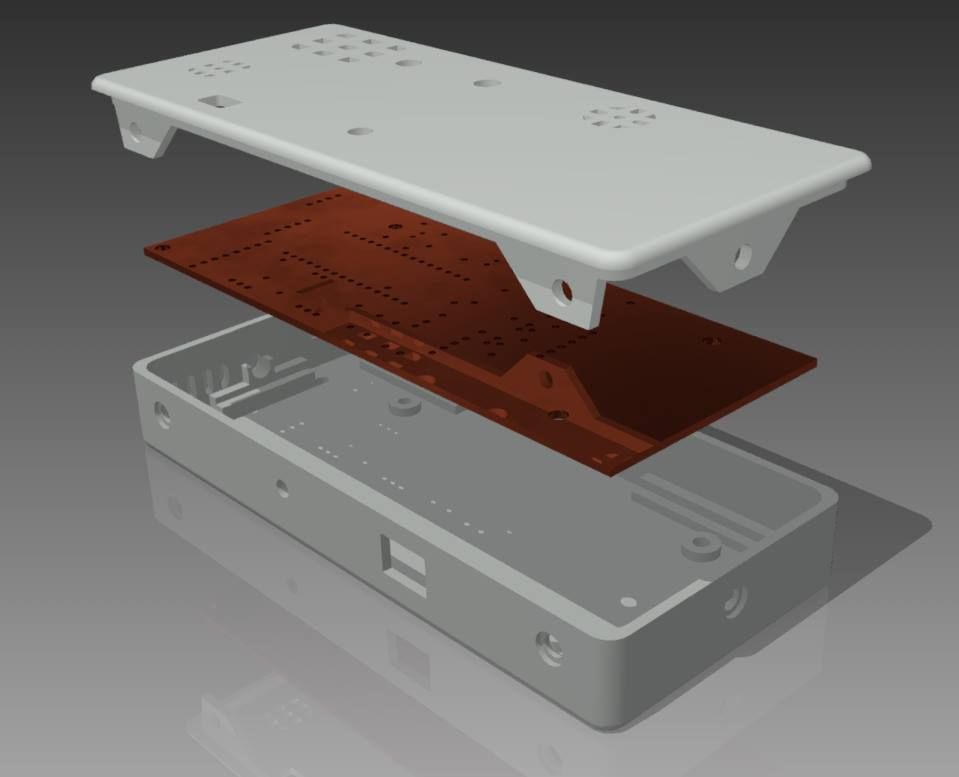
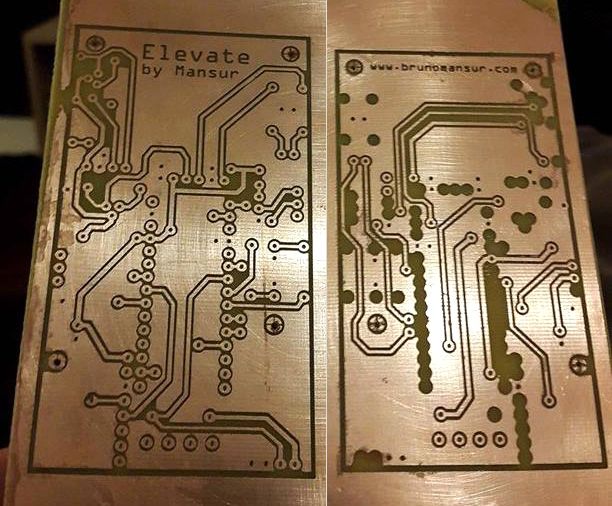
The Second Prototype
A month later, I tackled the issues of the first version. I rebuilt the board with an Atmega328p microcontroller and smaller components, resulting in a more compact design. This version almost worked—but a major flaw emerged.
The MS5611 barometric pressure sensor was too sensitive to electrical and physical disturbances. I struggled to get stable pressure readings and couldn't achieve the 10cm resolution promised in the datasheet.
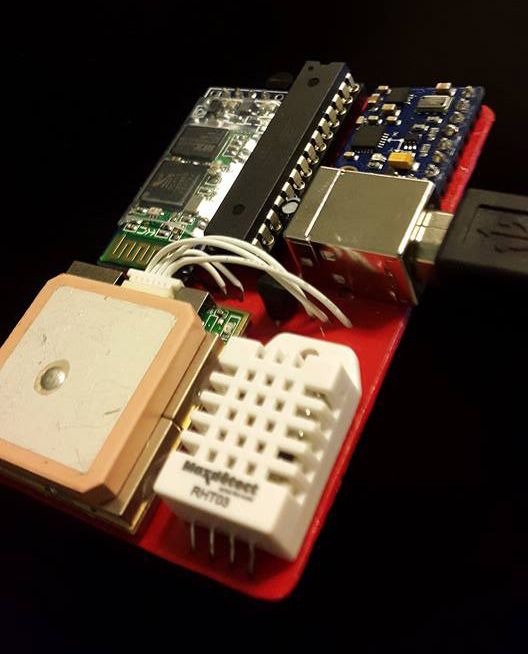
Frustrated, I started using my Samsung Galaxy S5 with XCSoar as an all-in-one solution. It wasn't perfect, but as a broke college student, I couldn't afford commercial variometers (that's why I started this project in the first place). Anyway, this project started to die.
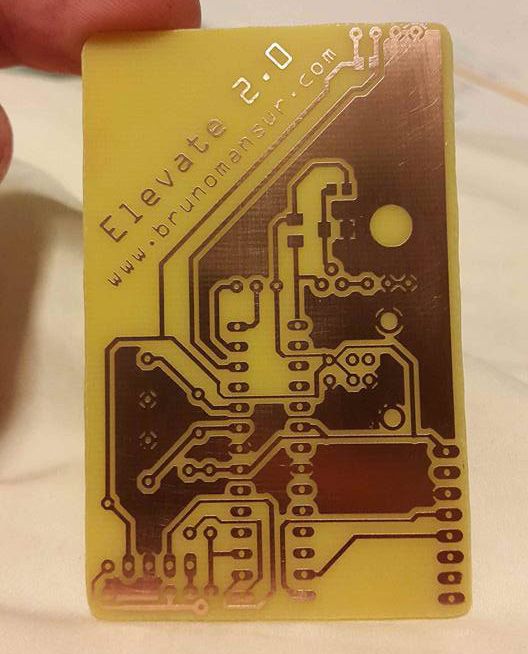
The Third Prototype
About 5 months later I had a very successful cross-country flight, that got me refreshed and ready to try again.
I discarded everything done before, upgraded the Atmega328p to a Teensy 3.2, removed the Bluetooth transmitter and... attached an entire Kobo e-reader! There's logic to this craziness as it is possible to install XCSoar on a Kobo and make it in an all-in-one device, but it was a big design change nonetheless. Also, I was starting to get close to the form factor and concept of another commercial variometer, the BlueFlyVario, this will come into play later.
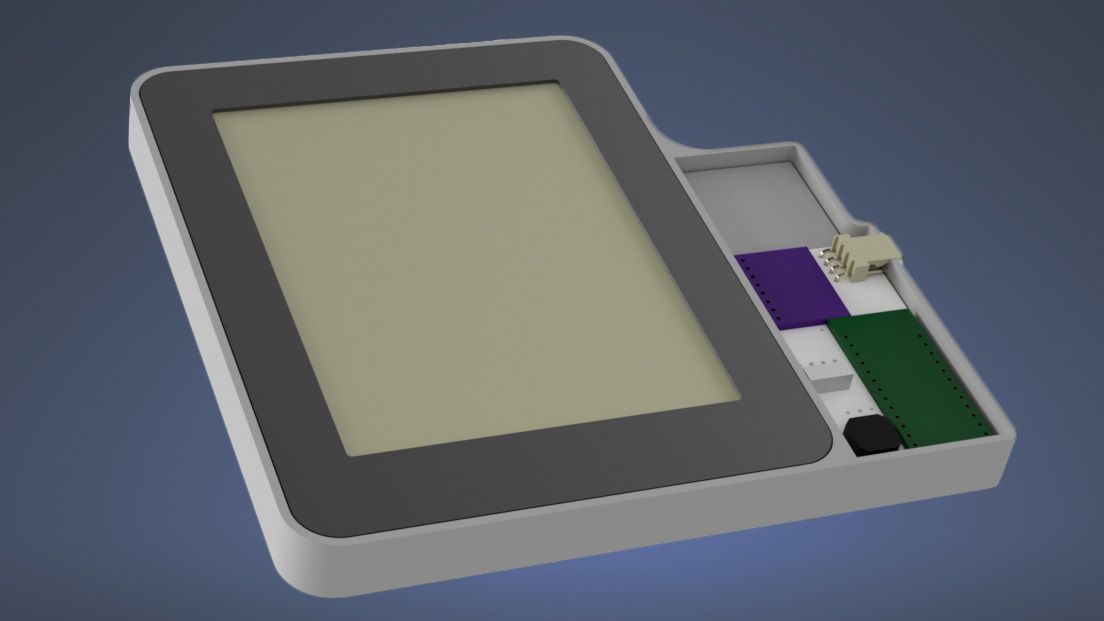
I honestly don't remember ever building the PCB for this iteration, nor have I any picture left. Yet, I would love to know what was going through my mind when deciding to, once again, start adding a ton of unnecessary sh*t to a promising final iteration, goddammit.
The Fourth Prototype...
Even though I don't remember very well what was happening with this project by 2018, I have an educated guess of what made the next change happen: I was coming from a streak of successes both in the personal as well as in the professional space but was neglecting my paragliding weekends to pursue other activities. This gave me the necessary ego boost and embarrassment to believe I would be able to compensate for my lack of training in thermal flight through sheer technological superiority. The scope creep started again, but worse this time as I was a way better PCB designer in 2018 compared to 2015, soon after re-adding the humidity sensor, came:
- A input port for future connection of a Pitot tube.
- A better GPS module with an external antenna.
- A smartphone dock with wireless charging.
- A retractable Kobo connected by a flex cable to the rest of the panel.
- An audio multiplexer for the smartphone and VHF radio, this got quickly discarded.
Also, I was working on a new algorithm using a Kalman filter to not only use the pressure data, but the accelerometer and gyroscope data as well to get the fastest and most precise altitude reading.
What was supposed to be a small and cheap variometer had become an entire paraglider panel with multiple new features, I must admit that if this really happened it could be an amazing device, but being realistic that's not the direction it was going.
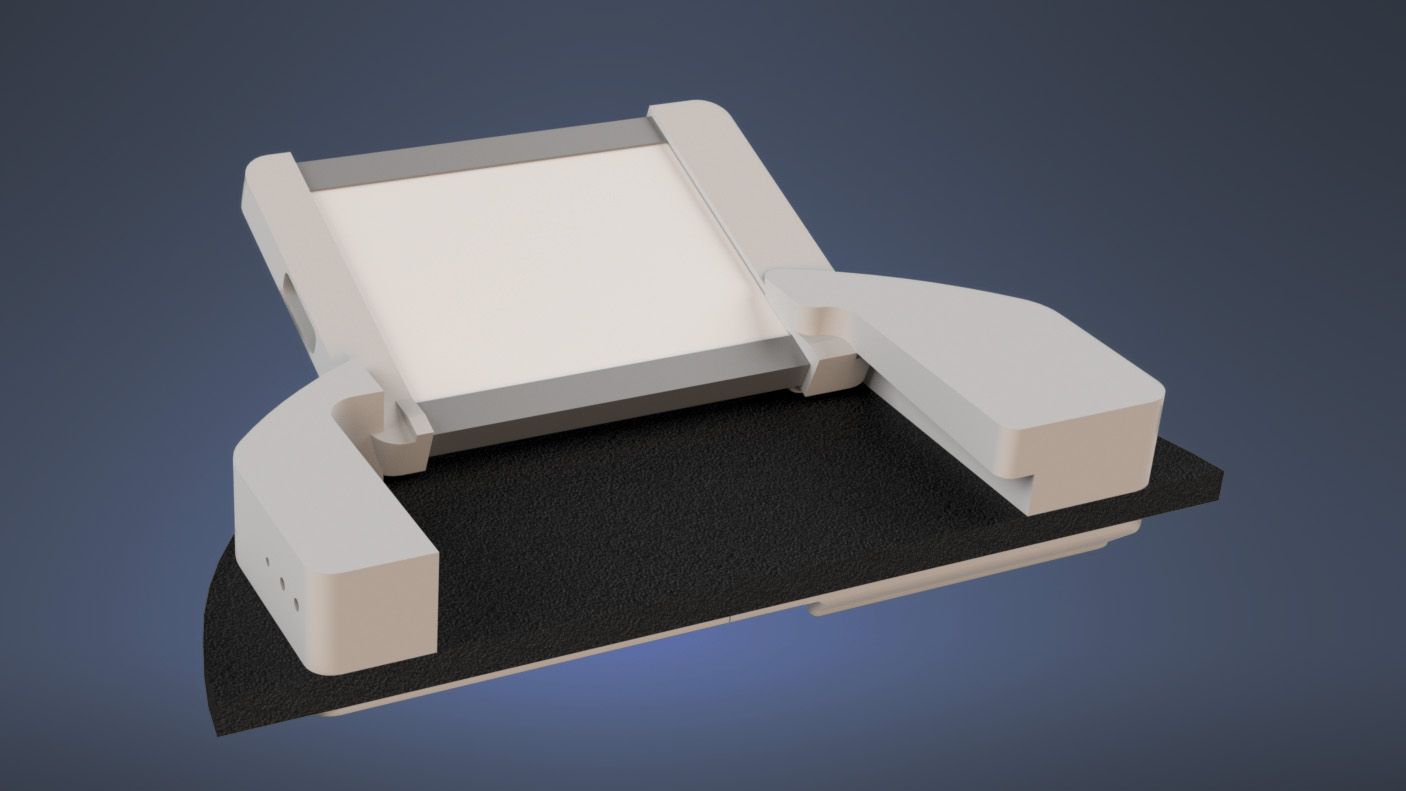
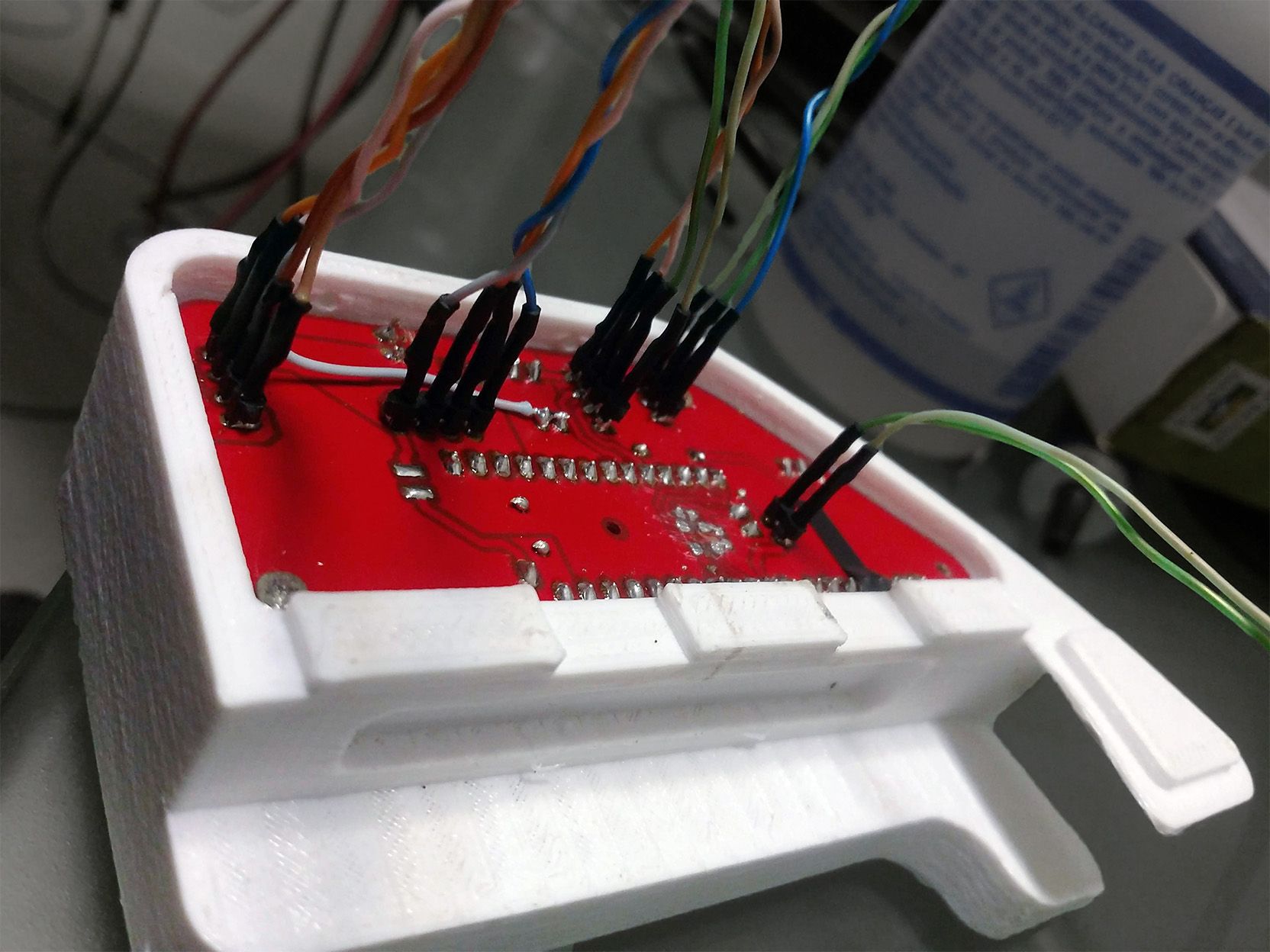
I'm still embarrassed when saying this, but the final board I made did not quite work, again for lack of testing, I guess I simply was too tired of this project and just hoped everything would work, silly me.
The Final Prototype
By this time, any sane person would have thrown in the towel.
That's what I did.
To be honest, I had not completely given up, there were some valid ideas from the fourth iteration that did work, and I wasn't happy with throwing everything out of the window after so long with this project looming over my head, I decided to scrap everything that needed a custom board, and bought a BlueFlyVario.
This is the panel I ended up using, it has the retractable Kobo for easy storage, I replaced the Wireless charging for USB-C charging, placed a bigger battery under it to power everything (except the smartphone, it only charges with a power bank), and I'm happily using the BlueFlyVario now, it has been working fine for months.
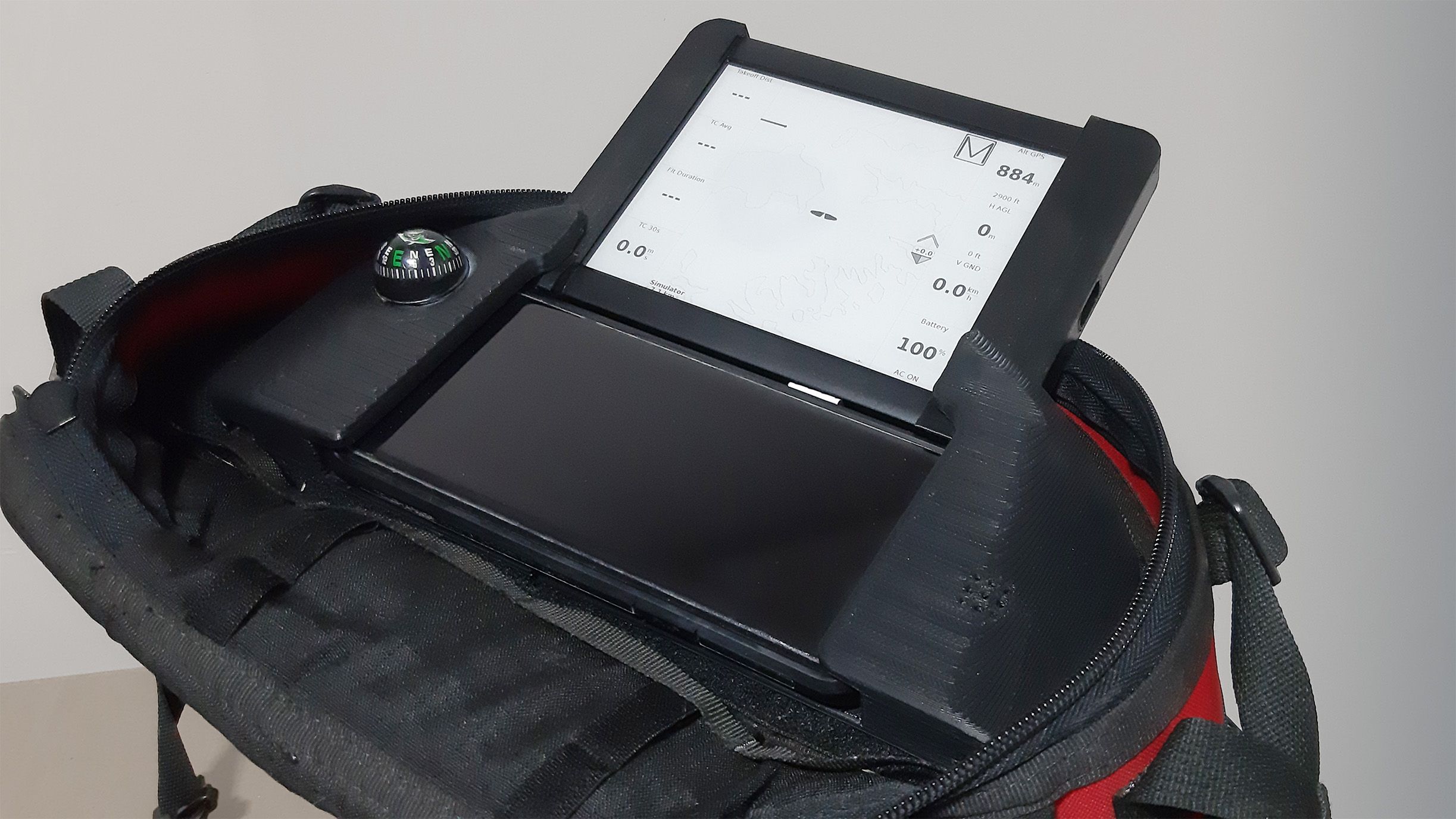
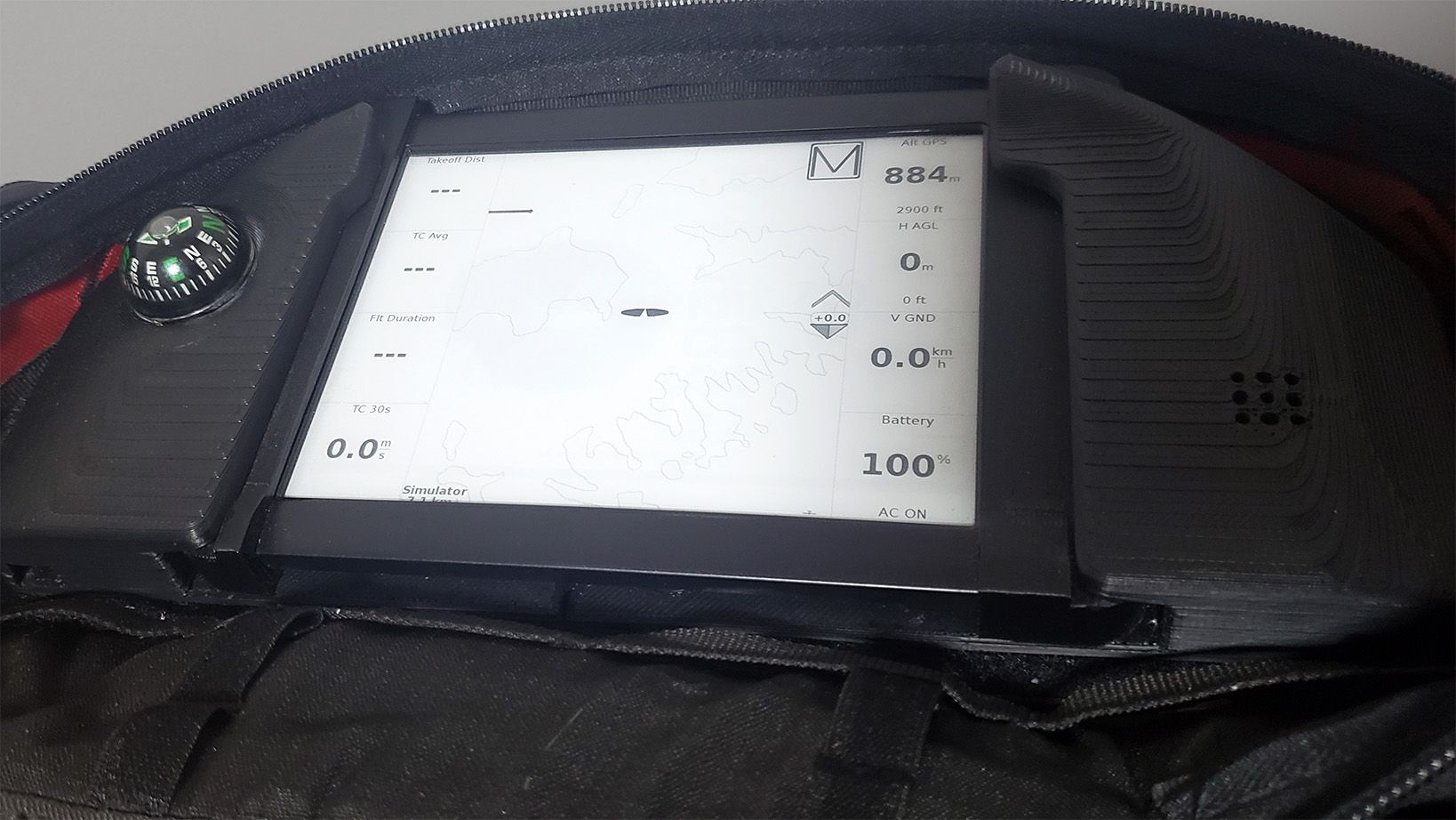
Conclusion
I almost didn't publish this post, but the journey taught me lessons that formal project management education could never replicate.
I wouldn't call this project a failure, it had its ups and downs (mostly downs), but in the process of trying again and again I learned a lot in electronics, prototyping, 3D printing, and mainly about myself and what I value when building my own stuff, there were many times where wanting to get over with it became the reason it didn't end.
If I had truly understood my needs, I'd have realized that:
- Pretty graphs from unnecessary sensors don't improve the flying experience.
- Overcomplicating the audio setup detracts from the peacefulness of being among the clouds.
- The most precise altitude sensor doesn't add value beyond what a basic variometer already provides.
Sometimes, simplicity is the ultimate sophistication.